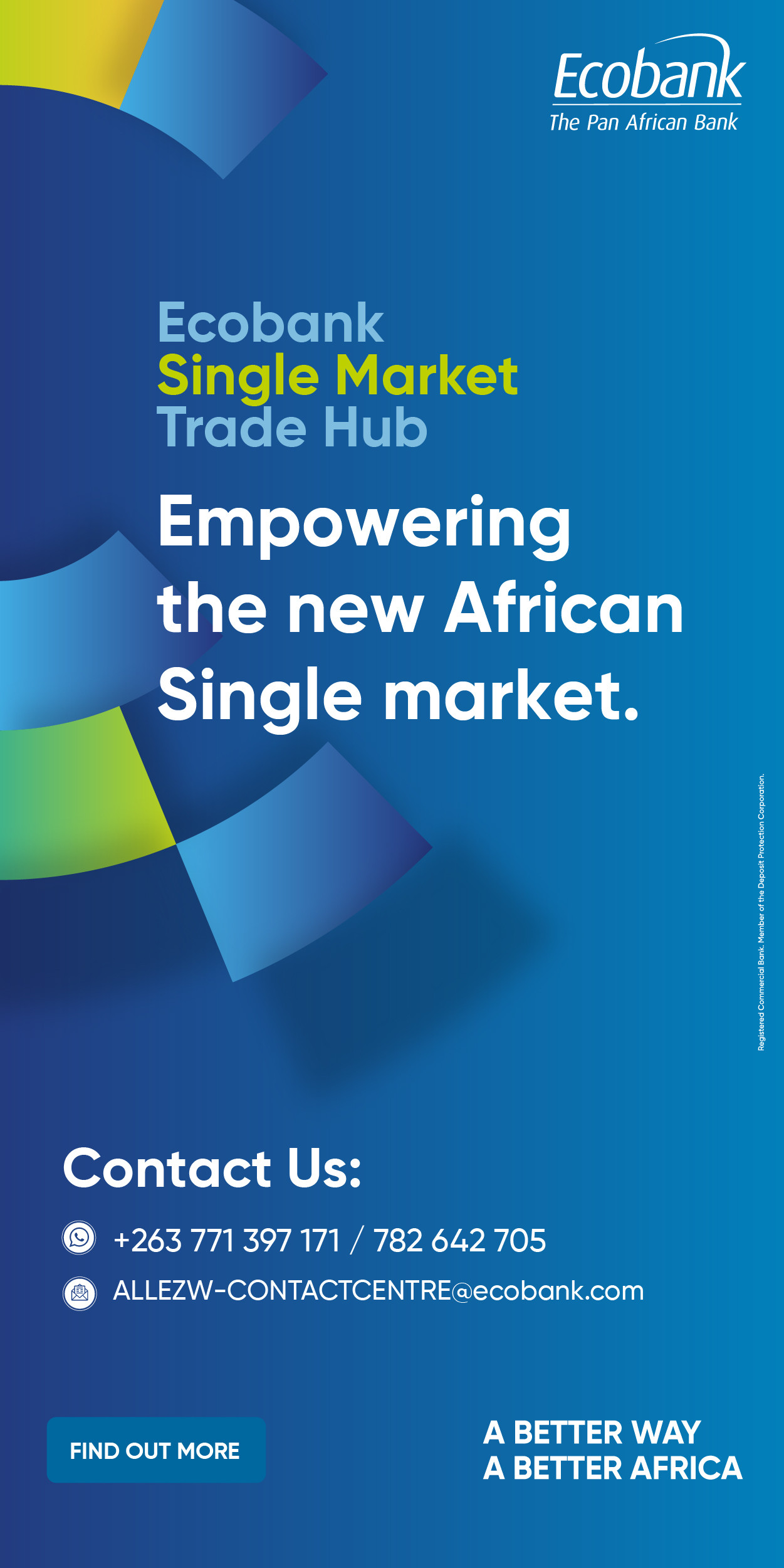- RioZim's financial losses surged to ZWG 628.5 million in 2024, a sixfold increase from ZWG 107.7 million in 2023
- Gold production dropped by 54% to 428 kg, with significant reductions at Renco and Cam & Motor mines due to operational failures
- Delayed remittances, unfavourable policies, and power outages have exacerbated RioZim's crisis, contrasting sharply with the success of other local gold miners
Gold production in kgs
Harare- RioZim, once Zimbabwe’s preeminent gold producer, has faced a precipitous decline, with 2024 financial losses escalating to ZWG 628.5 million, a sixfold increase from ZWG 107.7 million in 2023.
Gold production plummeted to 428 kg from 940 kg in 2023, a 54% drop, driven by operational failures. At Renco Mine, plant throughput declined 38%, exacerbated by a 9% reduction in ore grade, resulting in a 45% contraction in gold production to 243 kg from 441 kg in 2023.
Cam & Motor Mine suffered a 63% production drop to 185 kg from 499 kg, attributed to the deferral of a second mill installation due to insufficient capital expenditure (CAPEX). Dalny Mine, acquired in 2017, remained on care and maintenance, contributing nil to output.
These deficiencies reflect chronic undercapitalisation and deficient strategic foresight, with equipment obsolescence at Renco, evident over five years, reflecting a reactive management paradigm.
Labour disputes, such as a lengthy strike at Renco due to delayed salary payments, further disrupted operations.
RioZim’s Indian ownership failed to mobilise recapitalisation, neglecting to leverage gold and diamond assets for asset renewal, contrasting with Padenga Holdings, which entered gold mining in 2020 and achieved robust performance through targeted investments.
Government inefficiencies have significantly worsened RioZim’s situation. Since 2018, delayed remittances from Fidelity, the state-controlled gold purchaser, constrained liquidity, at one point halting production entirely in 2019.
The Mangudya export retention policy, mandating a 40% surrender of earnings for hyperinflated Zimbabwean dollars, eroded margins, siphoning at least 13% of miners’ revenue by 2022.
Acute power outages, eroding 22% of sector revenue, curtailed plant throughput, with RioZim particularly vulnerable due to its financial position. Additional policies, such as a 20% Special Capital Gains Tax on mining title transfers backdated to January 1, 2024, deterred investment,
The lack of foreign currency access, highlighted in 2018 when RioZim shut down mines due to Reserve Bank issues, and the absence of mechanisms for investor dialogue, further compounded challenges. These policies created a hostile operational milieu, contrasting with the needs of a sector requiring predictability for long-term mining decisions.
While RioZim struggled, other Zimbabwean gold miners leveraged rising gold prices through strategic agility.
Caledonia Mining Corporation, with a 64% stake in Blanket Mine, maintained production at 76 000 ounces annually 2024, up from 80,000 in 2022, benefiting from NYSE listing and global financing and proper management.
Freda Rebecca Gold Mine, under Kuvimba Mining House, scaled output post-refurbishment, achieving 50,000 ounces yearly by 2011 and continuing strong performance, supported by government-backed capital injections.
Padenga Holdings, entering gold mining in 2020, diversified through Dallaglio Investments, refurbishing mines like Eureka and Pickstone Peerless, and listed on the Victoria Falls Stock Exchange, capitalising on gold demand.
These firms mitigated power deficits with renewable energy investments, such as solar, and navigated retention policies via cost efficiencies, unlike RioZim, which failed to adapt, allowing equipment degradation to escalate.
Diamond operations at Murowa produced 13% fewer diamonds in 2024 due to outdated equipment, adding financial strain. Market conditions, with booming gold prices, saw peers like Caledonia and Padenga reporting higher Q1 2025 outputs, while RioZim failed to benefit.
Potential investment talks with Chinese investors for a US$20 million injection and majority share purchase are underway, reflecting the urgency for recapitalisation.
New investors must address RioZim’s undercapitalisation through prioritised CAPEX for infrastructure, such as the second mill at Cam & Motor and Renco upgrades, estimated at US$20 million. Operational efficiency requires adopting advanced extraction technologies to elevate throughput and head grades, mitigating the 38-63% production drops seen in 2024.
Energy diversification, emulating peers with solar or hybrid systems, is imperative to counter 22% revenue loss from power outages.
A governance overhaul, replacing ineffectual management with seasoned professionals, is critical, drawing from Caledonia’s global financing model or Padenga’s diversification strategy. These steps aim to rehabilitate RioZim, leveraging favourable gold prices and local success stories.
RioZim’s collapse exemplifies mismanagement exacerbated by governmental inefficiencies, contrasting with peers who thrived through strategic investments and adaptability.
New investors must decisively recapitalise, modernise, and instate competent leadership to reclaim RioZim’s position in Zimbabwe’s gold mining sector, drawing lessons from local success stories.
Equity Axis News





